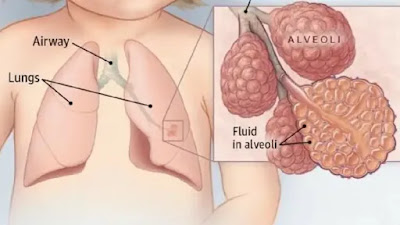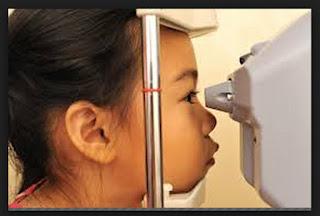Screening of children and adults to prevent and control communicable diseases
Screening of children and adults to prevent and control
communicable diseases
This chapter discusses infectious diseases that endanger the
health of the individual affected and sometimes others in the community.
Because this material is generally relevant for all age groups , it was thought
most convenient to present this as a separate chapter. Prevention and control
of communicable diseases should be integral components of comprehensive primary
health care programmes for each general
age group and should not be organized into separate vertical programmes focused
on specific diseases.
General comments on screening for communicable diseases
In general, in dealing with highly prevalent communicable
diseases that are a significant public health problem, the screening of
asymptomatic persons will play a limited role and should be primarily an
adjunct to other measures. Emphasis should be placed on primary prevention
(often requiring environmental measures )and on public education regarding both
primary prevention (preventing exposure ) and the detection of early signs and
symptoms with self-referral to services .a few specific examples are mentioned
below . acceptable, accessible services need to be provided for those at risk
and those with symptoms. Targeted outreach and case-finding by health workers,
especially for high-risk population groups unlikely to practice self-referral,
may be needed to supplement the self-referral of an informed and motivated
public. Case-finding may be neighbourhood-based (door-to-door or in
market-planes or other public places),workplace-based, or ‘opportunistic”(carried
out in the course of delivering care sought for other purposes). Such
case-finding efforts come under the heading of early detection of problems
rather than screening.
Experience has shown that, that, for many important
communicable diseases, primary care workers can be trained in early detection
of relevant symptoms and signs; definitive diagnosis and treatment may require
referral to facilities with additional resources. Wherever indigenous healers
provide a substantial amount of care, both they and orthodox providers of care
need to be trained in early detection .
Screening, early detection, and treatment for infectious
diseases should be organized in a manner that is as convenient as possible for
the population at risk and as efficient as possible. This implies maximum
integration with other health services, including maternal and child health
service (which in turn include services for reproductive health and family
planning), and workplace-based health services. The integration of services
into existing primary health care programmes tends to increase the efficiency
and effectiveness of short-term efforts to control infectious diseases, and at
the same time helps strengthen permanent services. Under certain circumstances,
e.g., during epidemics, it may be necessary to conduct special disease-separate
disease-specific screening effort out side the structure of the existing health
services will require careful justification .opportunities for coordination and
integration with existing services should be actively pursued. For example, an
emergency screening effort focused on HIV infection provides an opportunity to
contribute to activities for the promotion of of reproductive health,and the prevention
of sexually transmitted diseases, in general. These opportunities should not be
wasted. Efforts to prevent sexually transmitted diseases should be integrated
with family planning methods.
There is an extensive literature on screening for communicable
diseases in developing countries, with numerous examples of the successful use
of primary care workers for screening in the community (neighbourhood, market
,school, workplace, or peripheral health post),sometimes with referral to
peripheral health posts or health centres for definitive diagnosis and
treatment, and sometimes with treatment provided in the community by the
primary care workers. We give below a few examples and make general comments
about screening for communicable diseases; references are cited that are
especially relevant to conditions in developing countries.




